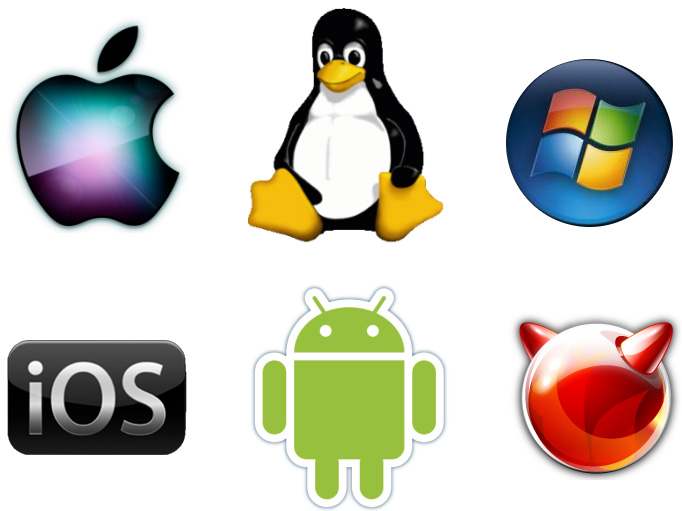Understanding Operating Systems: The Heart of Your Device
 Gift Ayodele
Gift AyodeleTable of contents

Introduction to Operating Systems
An operating system (OS) is a vital piece of software that acts as a bridge between users and the computer hardware. Think of it as a manager for your computer or device, ensuring that everything runs smoothly and efficiently. Whether you are using a smartphone, a laptop, or a desktop, the operating system is responsible for managing all the basic functions and allowing you to interact with your device.
The Role of an Operating System
Managing Hardware Resources
The operating system manages the computer’s hardware, including the CPU, memory, storage devices, and input/output devices. It allocates resources as needed, ensuring that applications have the necessary resources to function without conflicts.Providing User Interface
An OS provides a user interface (UI) that allows users to interact with the computer. This could be a graphical user interface (GUI) with windows, icons, and menus, or a command-line interface (CLI) where users type commands. The UI makes it easier for users to perform tasks, such as opening files, running applications, and managing settings.File Management
Operating systems handle the storage and retrieval of data on storage devices. They create, read, write, and organize files in a structured way, making it easy for users to find and access their information.Running Applications
The OS allows multiple applications to run at the same time. It manages the execution of programs and allocates resources to ensure that each application can function properly without crashing the system.Security and Access Control
Security is a crucial function of an operating system. It controls access to files and resources, ensuring that unauthorized users cannot access sensitive information. The OS also provides security features like user authentication and data encryption.
Types of Operating Systems
Desktop Operating Systems
These are designed for personal computers and include popular examples like Microsoft Windows, macOS, and various Linux distributions. They provide a user-friendly interface and support a wide range of applications.Mobile Operating Systems
Used in smartphones and tablets, mobile OS examples include Android and iOS. These operating systems are optimized for touch interactions and mobile hardware.Embedded Operating Systems
Found in devices like microwaves, cars, and smart appliances, embedded operating systems are tailored for specific functions and have limited resources.Server Operating Systems
These are designed to manage network resources and support multiple users simultaneously. Examples include Windows Server and various Linux server distributions.Real-Time Operating Systems (RTOS)
Used in systems that require immediate processing, such as medical devices or industrial machines, RTOS ensure that critical tasks are completed on time.
Conclusion
In summary, an operating system is an essential component of any computing device, managing hardware and software resources, providing user interfaces, and ensuring security. Understanding the role and types of operating systems can help users appreciate the technology that powers their everyday devices.
Subscribe to my newsletter
Read articles from Gift Ayodele directly inside your inbox. Subscribe to the newsletter, and don't miss out.
Written by
